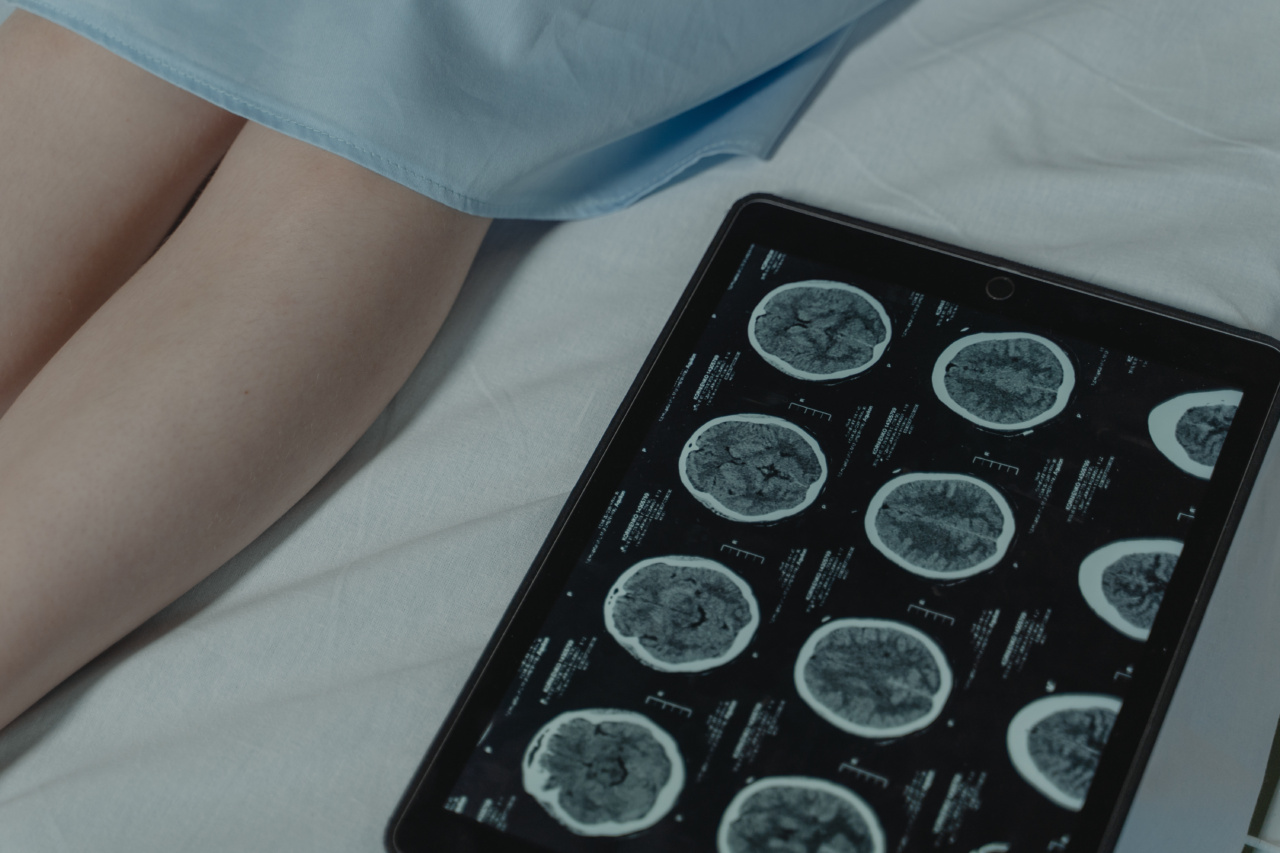Cancer is one of the deadliest diseases in the world, and lung cancer is one of the leading causes of cancer-related deaths. Early diagnosis of lung cancer can help improve the prognosis of the disease.
However, traditional methods of lung cancer diagnosis, such as X-rays and computed tomography (CT) scans, are not always accurate. Advances in computer-based lung cancer diagnosis have the potential to improve the accuracy and speed of lung cancer diagnosis. In this article, we discuss some of the recent advances in computer-based lung cancer diagnosis.
Artificial intelligence and machine learning for lung cancer diagnosis
Artificial intelligence (AI) and machine learning (ML) have gained a lot of attention in recent years for their potential to improve healthcare.
In lung cancer diagnosis, AI and ML can be used to analyze medical images, such as CT scans, to identify patterns and abnormalities that may indicate cancer. This can help radiologists and other healthcare professionals make more accurate diagnoses.
One recent study published in Nature Medicine showed that an AI system was able to outperform radiologists in diagnosing lung cancer from CT scans.
The AI system demonstrated 94.4% sensitivity and 93.9% specificity, compared to 88.9% sensitivity and 89.9% specificity for the radiologists. The study included over 6,700 CT scans from more than 1,100 patients, and the AI system was trained using a deep learning algorithm.
Another study published in the Journal of Thoracic Oncology showed that an AI system was able to accurately predict the prognosis of patients with non-small-cell lung cancer (NSCLC) using CT scans.
The AI system demonstrated an accuracy rate of 73.1%, compared to 57.5% for radiologists. The study included over 500 patients with NSCLC, and the AI system was trained using a machine learning algorithm.
Blood tests for lung cancer diagnosis
Blood tests have been used for many years to diagnose and monitor cancer. Recent advances in blood-based biomarkers have shown great potential for the early detection of lung cancer.
One study published in the Journal of the National Cancer Institute showed that a blood test measuring levels of two proteins, LG3BP and C163A, could detect lung cancer with a sensitivity of 72% and a specificity of 90%.
The study included over 400 patients with lung cancer and over 1,400 healthy individuals.
Another study published in the journal Clinical Cancer Research showed that a blood test measuring levels of circulating tumor DNA (ctDNA) could detect lung cancer with a sensitivity of 72% and a specificity of 92%.
The study included over 200 patients with lung cancer and over 400 healthy individuals.
Volatile organic compounds for lung cancer diagnosis
Volatile organic compounds (VOCs) are chemicals produced by cells that can be detected in exhaled breath. Recent studies have shown that analyzing VOCs in exhaled breath may help diagnose lung cancer.
One study published in the Journal of Breath Research showed that analyzing VOCs in exhaled breath could detect lung cancer with a sensitivity of 80% and a specificity of 81%.
The study included over 300 patients with lung cancer and over 150 healthy individuals. Another study published in the European Respiratory Journal showed that analyzing VOCs in exhaled breath could distinguish between different types of lung cancer, such as NSCLC and small-cell lung cancer.
Liquid biopsy for lung cancer diagnosis
Liquid biopsy is a non-invasive method of detecting cancer that involves analyzing a sample of blood or other body fluids for cancer-specific biomarkers.
Recent advances in liquid biopsy have shown great potential for the early detection of lung cancer.
One study published in the journal Annals of Oncology showed that a liquid biopsy test measuring levels of ctDNA could detect lung cancer with a sensitivity of 70% and a specificity of 90%.
The study included over 400 patients with lung cancer and over 1,000 healthy individuals.
Conclusion
Recent advances in computer-based lung cancer diagnosis have the potential to improve the accuracy and speed of lung cancer diagnosis.
AI and ML can help analyze medical images, blood tests, and other biomarkers to identify patterns and abnormalities that may indicate cancer. The use of VOCs and liquid biopsy may also offer non-invasive methods of detecting lung cancer. These advances in technology offer hope for earlier and more accurate diagnoses of lung cancer, which can help improve patient outcomes.



























